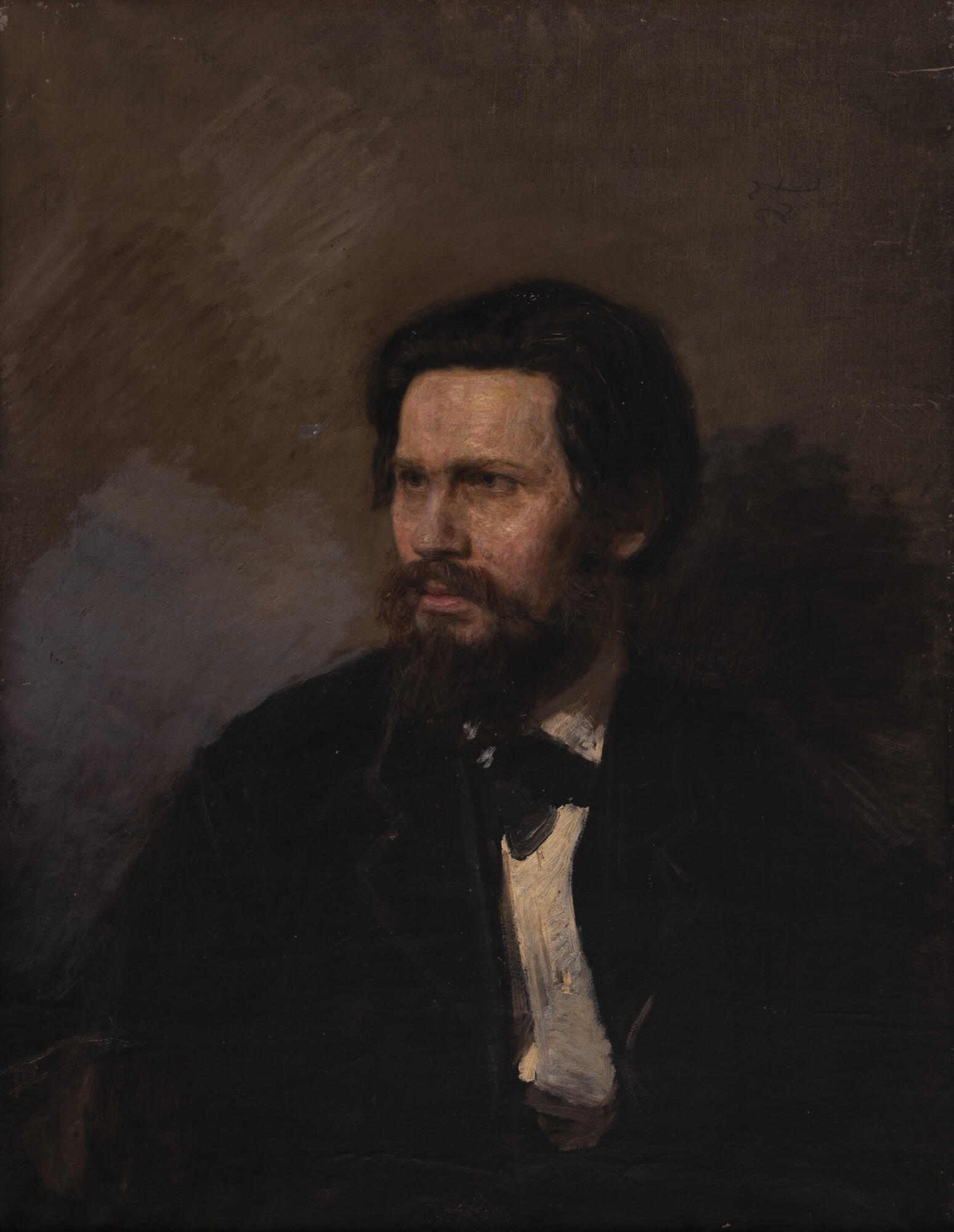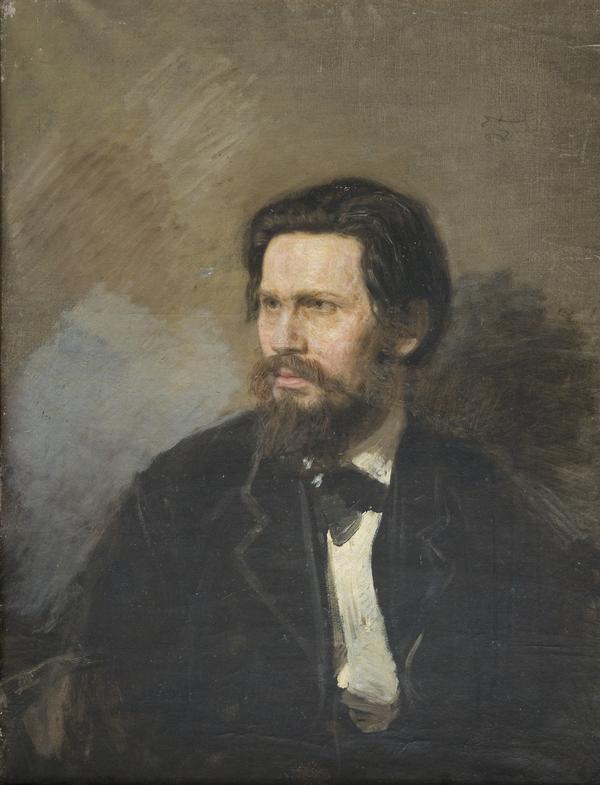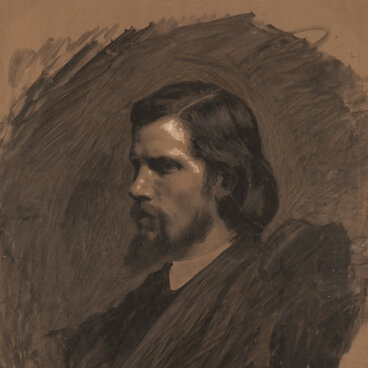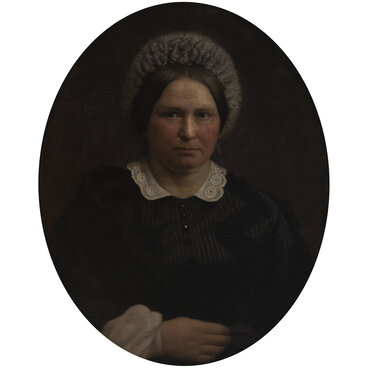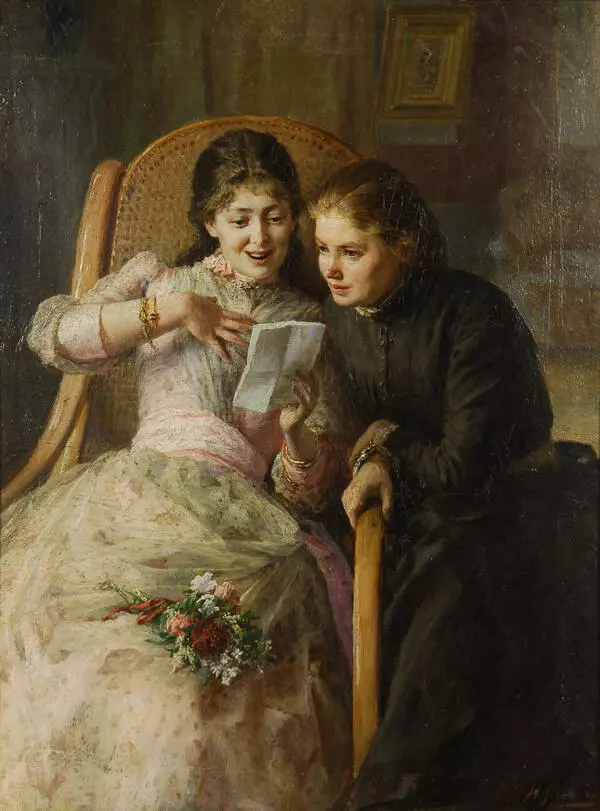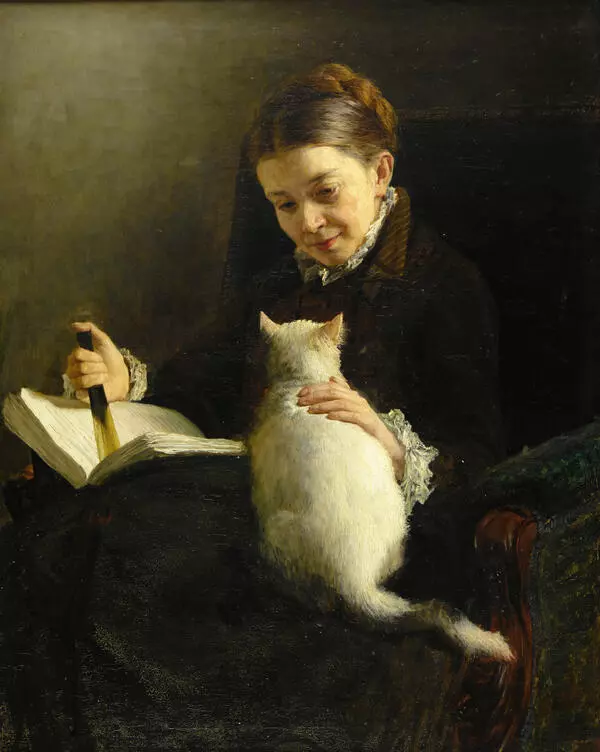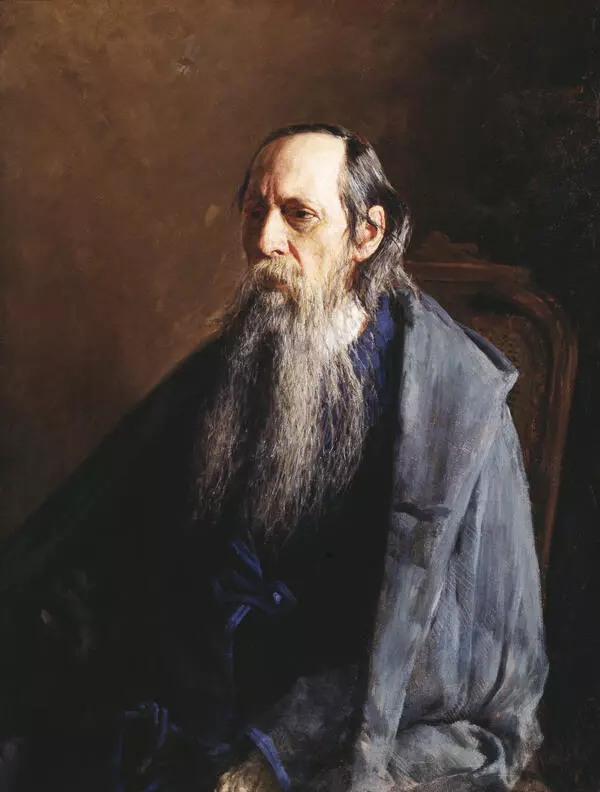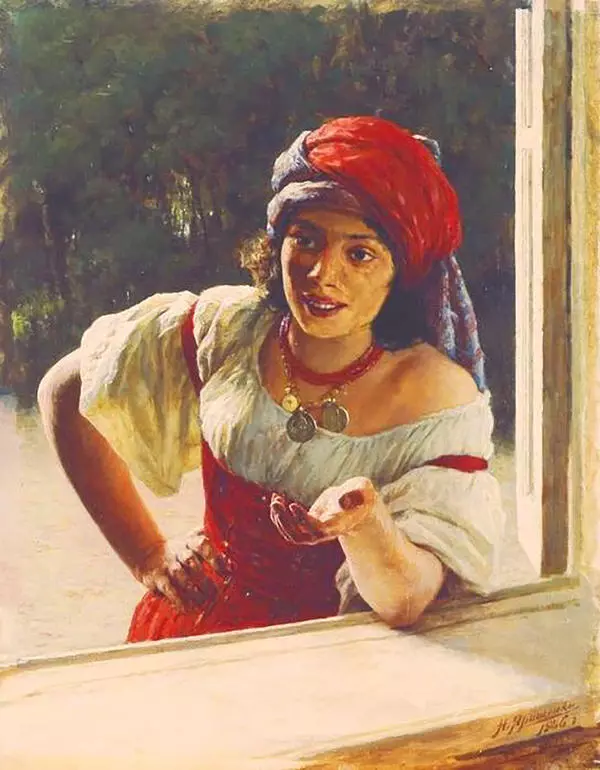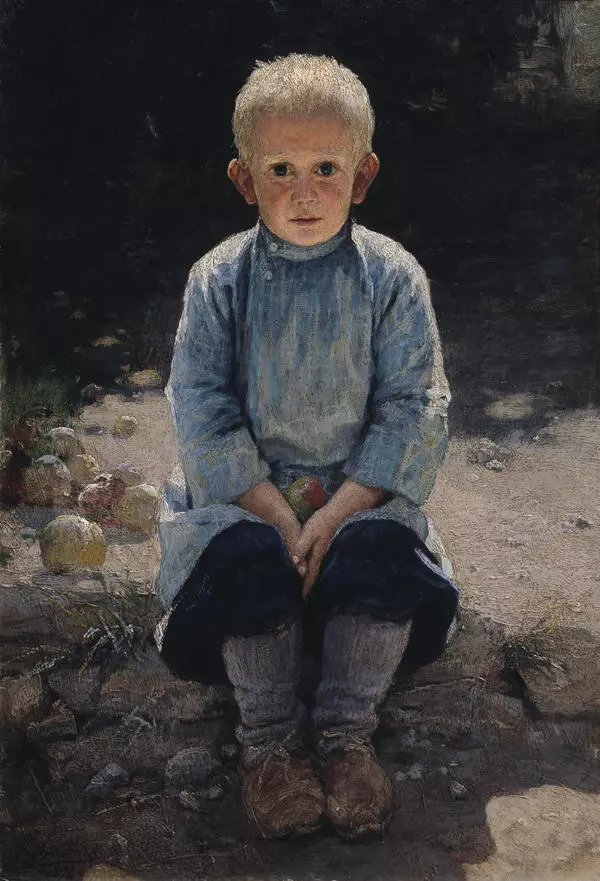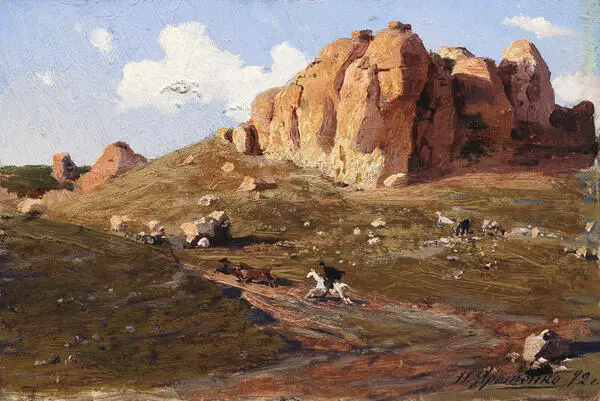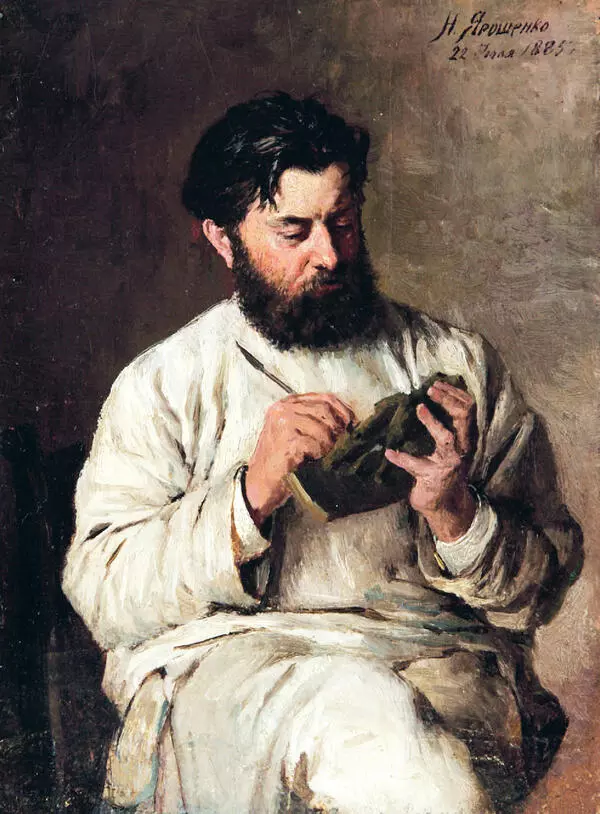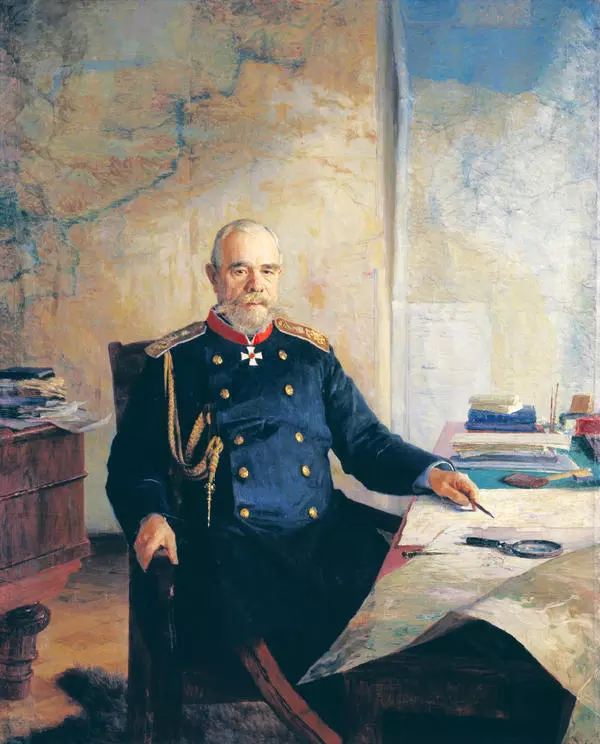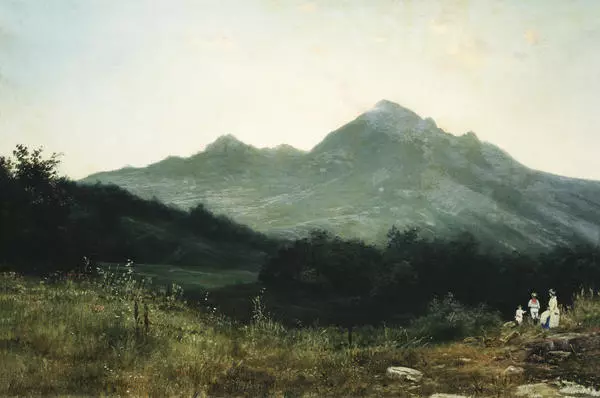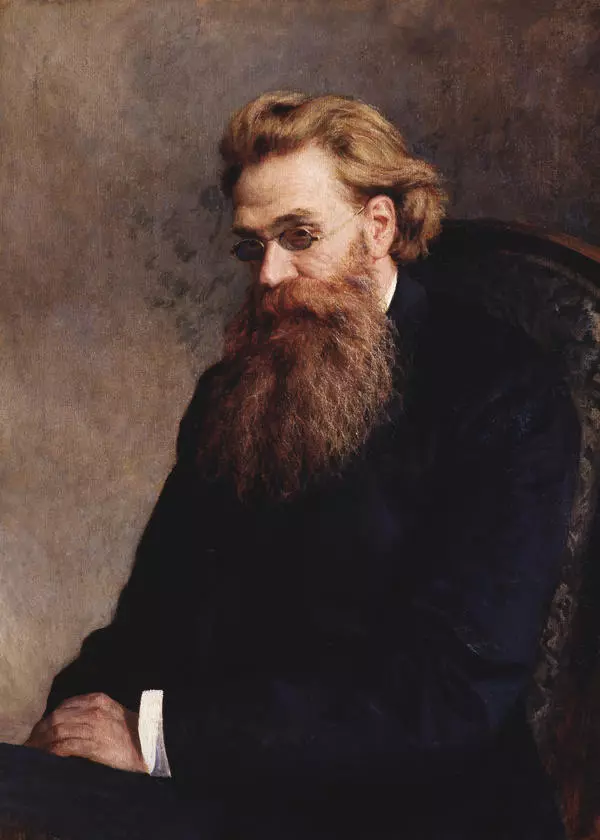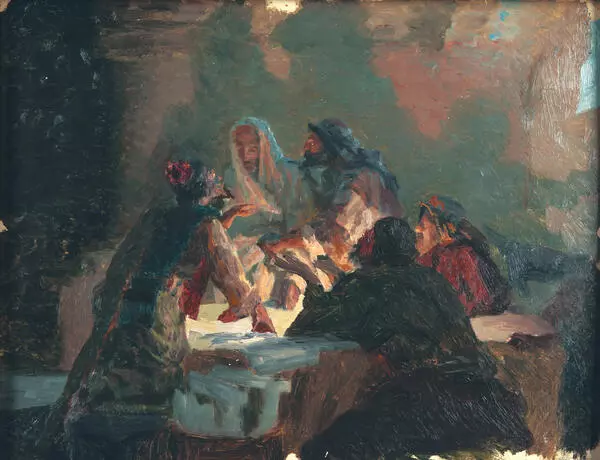The portrait of Ivan Nikolaevich Kramskoy from the collection of the Ostrogozhsk Museum was painted by his student Nikolai Yaroshenko. The artist depicted Kramskoy in his youth, during the period when the Society for Traveling Art Exhibitions was founded. The painter wears a black velvet jacket — the uniform of the students at the Academy of Arts.
Nikolai Aleksandrovich Yaroshenko (1846–1898) was born into an officer’s family in Poltava where his first drawing teacher was the serf artist Ivan Zaytsev. Later, Nikolai Yaroshenko moved to St. Petersburg where he graduated from the Mikhailovskaya Artillery Academy. In 1892, he retired in the rank of a one-star general. His fascination with art motivated him to attend night classes at the Academy of Arts. Nikolai Yaroshenko studied painting under Adrian Volkov and Ivan Kramskoy.
In 1876, the artist was admitted to the board of the Society for Traveling Art Exhibitions. Having committed himself to the Society, Yaroshenko became one of its most active figures, and after the death of Ivan Kramskoy — its thought leader. Until the end of his life, he remained a zealous proponent of realist and democratic art. “An impeccable artist that he was, he actively insisted and required that those who served the same cause as he did should also follow the same moral principles and be just as committed to their duty as he was, ” Mikhail Nesterov later said about Nikolai Yaroshenko. While Kramskoy was dubbed the “mind” of the Wanderers, Yaroshenko was referred to as its “conscience”.
The artistic legacy of Nikolai Yaroshenko is diverse. For the first time in the history of Russian art, he created a vivid image of an ordinary worker in his painting “The Stoker” (1878). A portrait was an important genre in the oeuvre of Nikolai Yaroshenko. Interestingly, his sitters were always his kindred spirits, regardless of their social background. In his portraits, Yaroshenko strove to show not only the appearance but also the personality of his sitters. Apart from genre paintings and portraits, the artist painted landscapes, most often depicting the nature of the Caucasus.
Nikolai Aleksandrovich Yaroshenko (1846–1898) was born into an officer’s family in Poltava where his first drawing teacher was the serf artist Ivan Zaytsev. Later, Nikolai Yaroshenko moved to St. Petersburg where he graduated from the Mikhailovskaya Artillery Academy. In 1892, he retired in the rank of a one-star general. His fascination with art motivated him to attend night classes at the Academy of Arts. Nikolai Yaroshenko studied painting under Adrian Volkov and Ivan Kramskoy.
In 1876, the artist was admitted to the board of the Society for Traveling Art Exhibitions. Having committed himself to the Society, Yaroshenko became one of its most active figures, and after the death of Ivan Kramskoy — its thought leader. Until the end of his life, he remained a zealous proponent of realist and democratic art. “An impeccable artist that he was, he actively insisted and required that those who served the same cause as he did should also follow the same moral principles and be just as committed to their duty as he was, ” Mikhail Nesterov later said about Nikolai Yaroshenko. While Kramskoy was dubbed the “mind” of the Wanderers, Yaroshenko was referred to as its “conscience”.
The artistic legacy of Nikolai Yaroshenko is diverse. For the first time in the history of Russian art, he created a vivid image of an ordinary worker in his painting “The Stoker” (1878). A portrait was an important genre in the oeuvre of Nikolai Yaroshenko. Interestingly, his sitters were always his kindred spirits, regardless of their social background. In his portraits, Yaroshenko strove to show not only the appearance but also the personality of his sitters. Apart from genre paintings and portraits, the artist painted landscapes, most often depicting the nature of the Caucasus.
